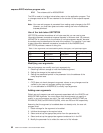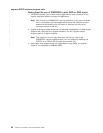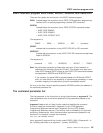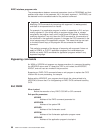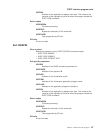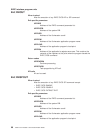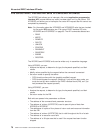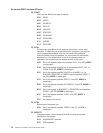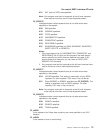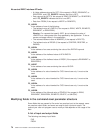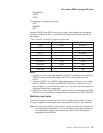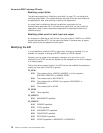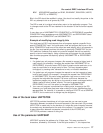
File control EXEC interface API exits XFCREQ and XFCREQC
The XFCREQ exit allows you to intercept a file control application programming
interface (API) request before any action has been taken on it by file control. The
XFCREQC exit allows you to intercept a file control API request after file control has
completed its processing.
Note: For information about the XFCAREQ and XFCAREQC exits that are invoked
for file control SPI requests, see “File control EXEC interface SPI exits
XFCAREQ and XFCAREQC” on page 83. The API commands affected are:
v READ
v WRITE
v REWRITE
v DELETE
v UNLOCK
v STARTBR
v READNEXT
v READPREV
v ENDBR
v RESETBR.
The XFCREQ and XFCREQC exits can be written only in assembler language.
Using XFCREQ, you can:
v Analyze the request, to determine its type, the keywords specified, and their
values.
v Modify values specified by the request before the command is executed.
v Set return codes to specify that either:
– CICS should continue with the (possibly modified) request.
– CICS should bypass the request. (Note that if you set this return code, you
must also set up return codes for the EXEC interface block (EIB), as if you
had processed the request yourself.)
Using XFCREQC, you can:
v Analyze the request, to determine its type, the keywords specified, and their
values.
v Set return codes for the EIB.
Both exits are passed nine parameters as follows:
v The address of the command-level parameter structure
v The address of a token (UEPFCTOK) used to pass 4 bytes of data from
XFCREQ to XFCREQC
v The addresses of copies of four pieces of return code and resource information
from the EIB
v The address of a token (UEPTSTOK) that is valid throughout the life of a task
v The address of a recursion count field
v The address of a 16-byte area that is used if the request has been function
shipped.
file control EXEC interface API exits
70
CICS TS for OS/390: CICS Customization Guide



